New Measles case reported in Curry County, New Mexico
On May 7, 2025, the New Mexico Department of Health (NMDOH) confirmed the first measles cases the first…
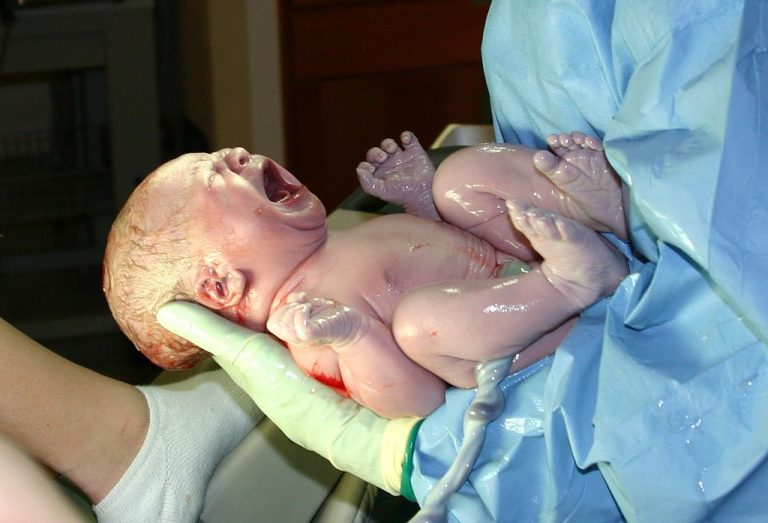
On May 7, 2025, the New Mexico Department of Health (NMDOH) confirmed the first measles cases the first…
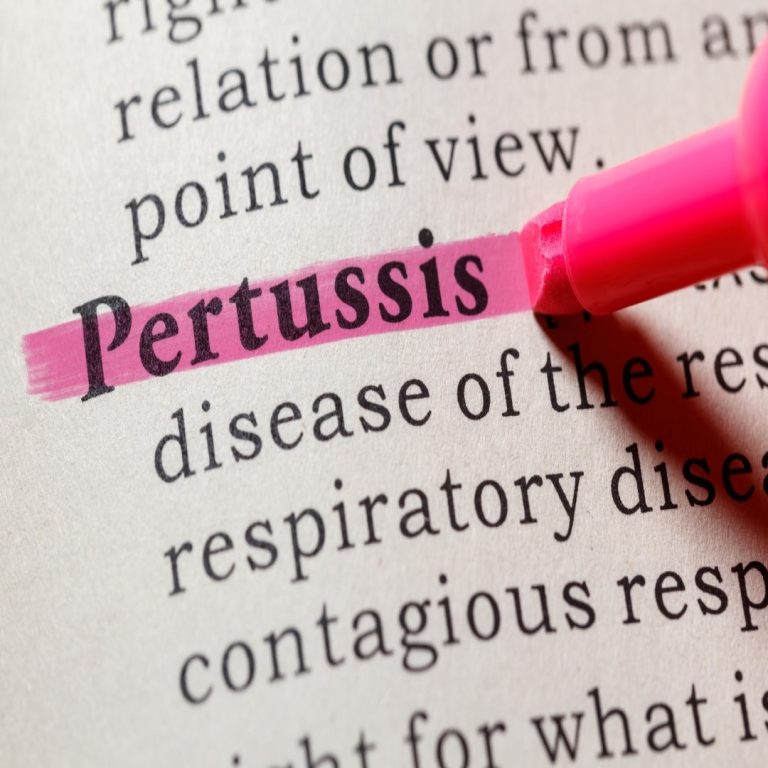
On May 2, 2025, the Louisiana Department of Health (LDH) reported an increase in whooping cough (pertussis) cases…
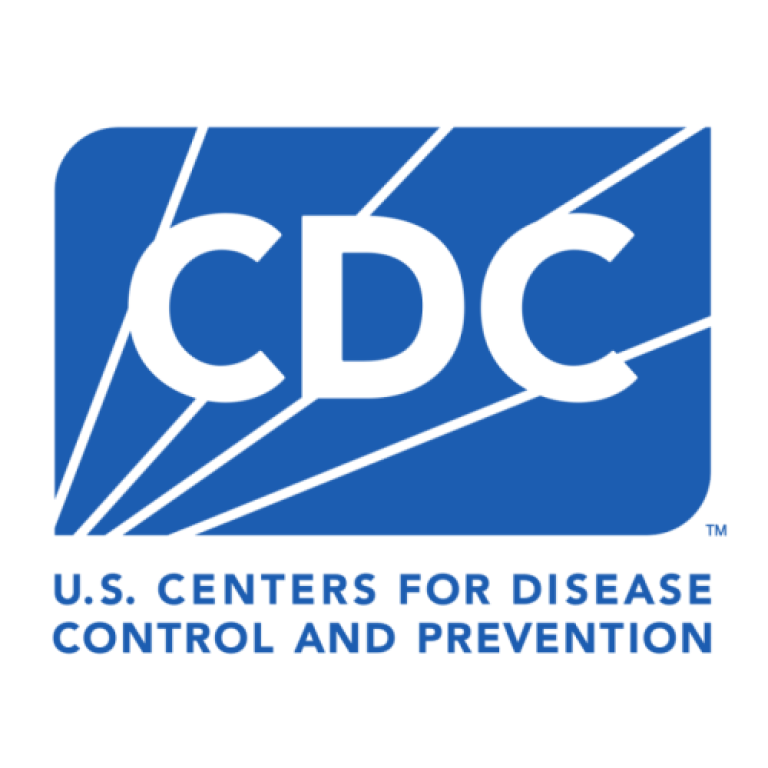
On May 2, 2025, the Centers for Disease Control reported twelve pediatric deaths associated with seasonal influenza virus…
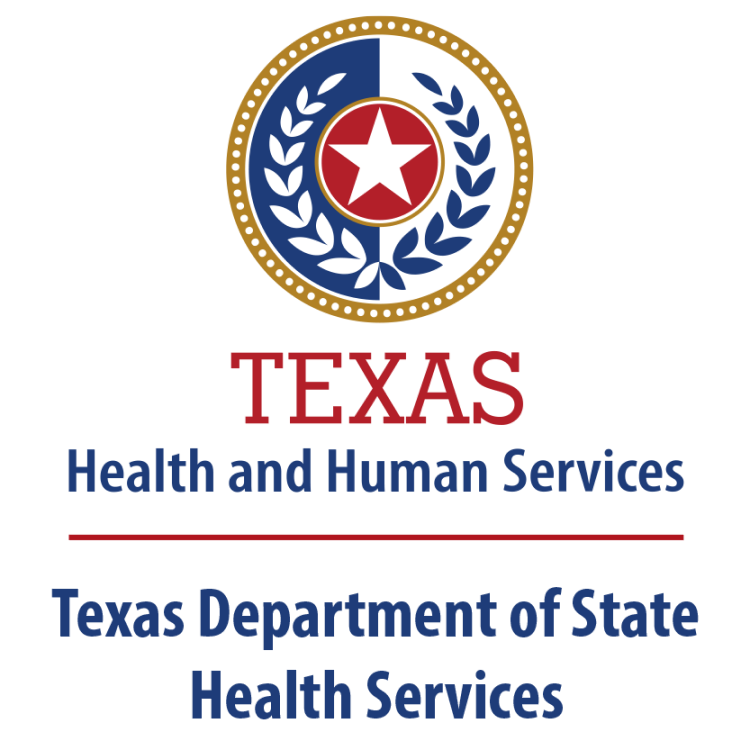
On May 2, 2025, the Texas Department of State Health Services (DSHS) reported 683 cases of measles have…
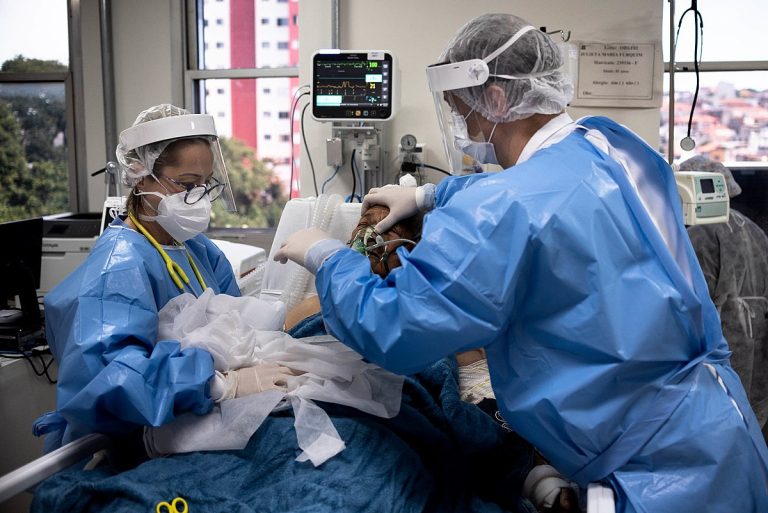
On May 1, 2025, the U.S. Centers for Disease Control and Prevention (CDC) announced that hospitals are no…
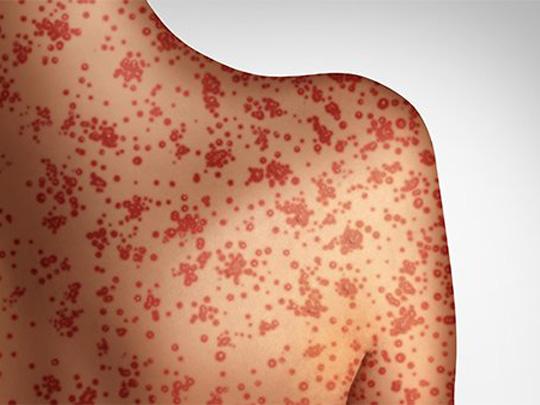
On Apr. 25, 2025, the Texas Department of State Health Services (DSHS) reported that 646 cases of measles…
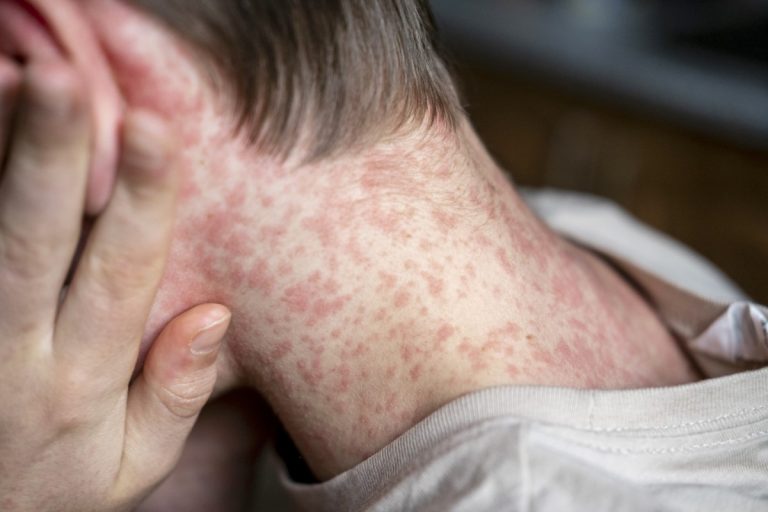
On Apr. 18, 2025, the Texas Department of State Health Services (DSHS) reported that 597 cases of measles…
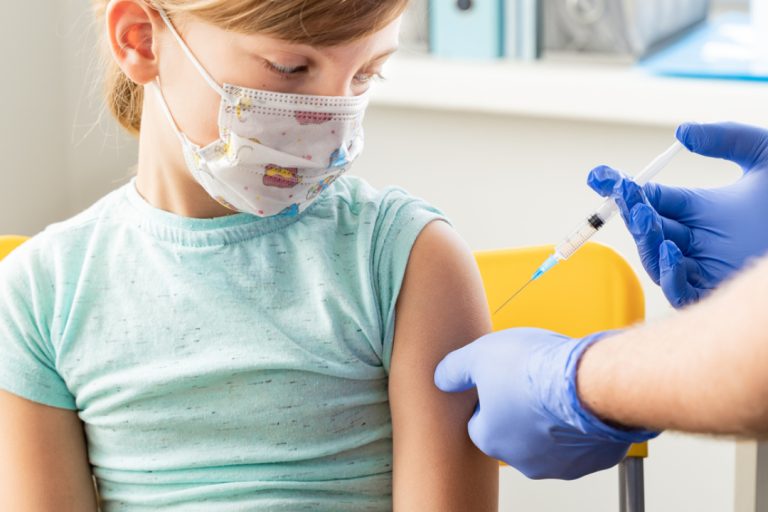
On Apr. 17, 2025, the Department of Public Health and Human Services (DPHHS) and the Gallatin City-County Health…
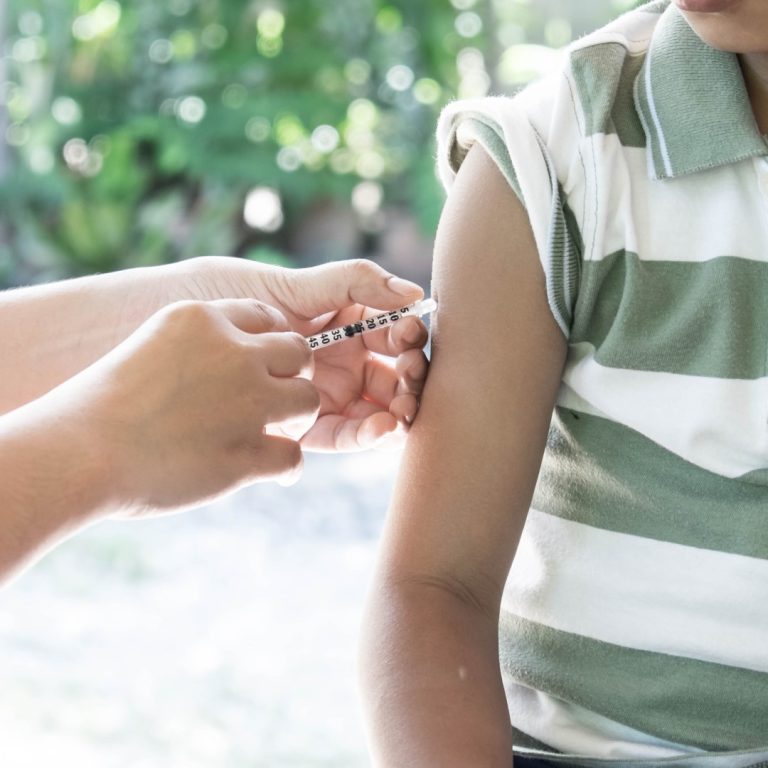
On Apr. 17, 2025, The Tennessee Department of Health confirmed two additional confirmed cases of measles in middle…
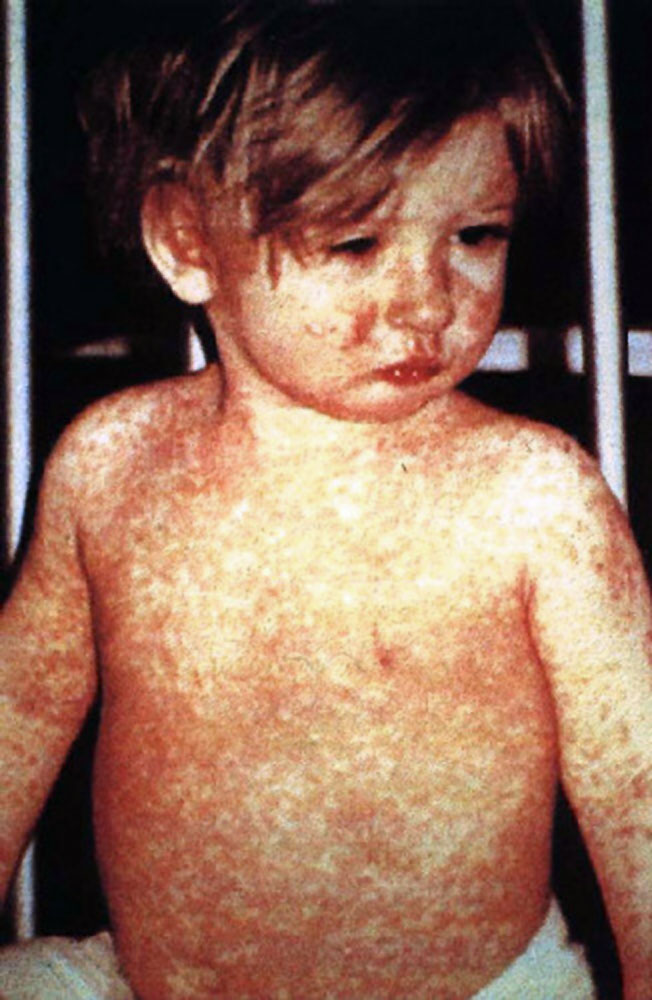
On Apr. 11, 2025, the Texas Department of State Health Services (Texas DSHS) reported that 541 cases of…

On Apr. 9, 2025, Tulane University researchers announced they have developed a first-of-its-kind handheld diagnostic device that can…
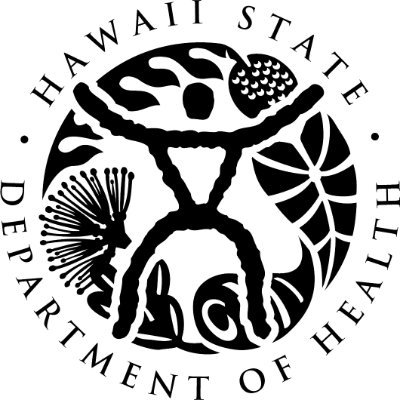
On Apr. 8, 2025, the Hawaiʻi Department of Health (DOH) State Laboratories Division confirmed a case of measles…

On Apr. 7, 2025, The Indiana Department of Health (IDOH) reported the first laboratory confirmed case of measles…

On Apr. 6, 2025, the Texas Department of State Health Services has reported the second measles death of…

On Apr. 4, 2025, the Texas Department of State Health Services (DSHS) reported updated information about an outbreak…
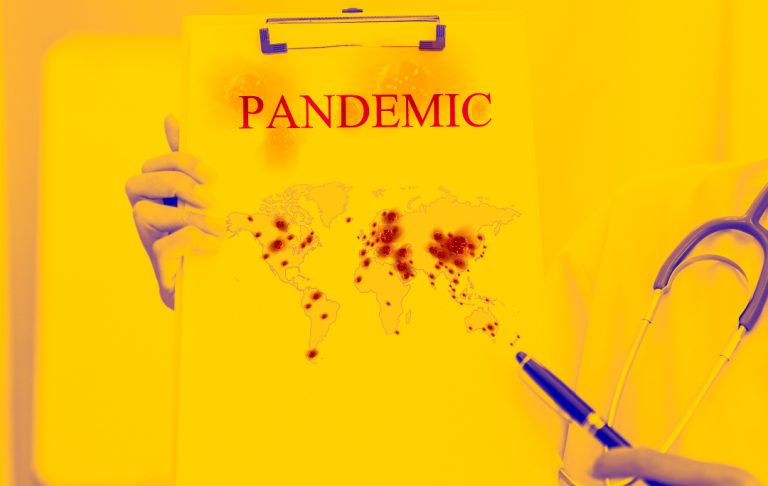
On Apr. 4, 2025, the World Health Organization (WHO) announced that over the past two days, it convened…
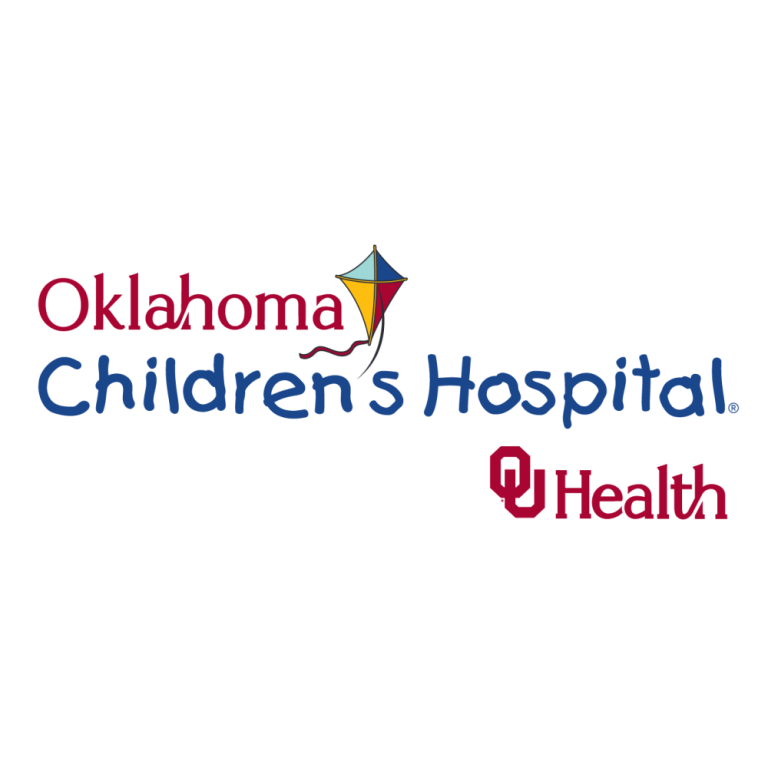
On Apr. 2, 2025, the Oklahoma Children’s Hospital (OU Health) announced it had taken swift action to address…

On Apr. 1, 2025, the Tennessee Department of Health confirmed three additional cases of measles in Middle Tennessee…

On Mar. 28, 2025, the Texas Department of State Health Services (DSHS) reported updated information about an outbreak…
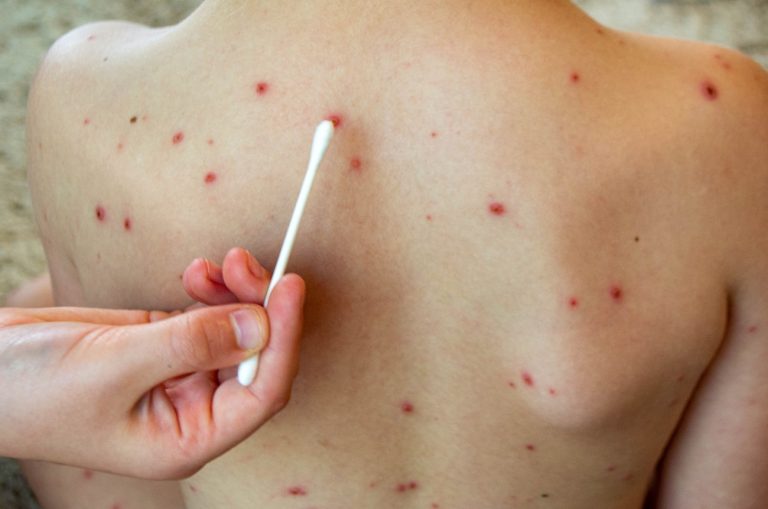
On Mar. 26, 2025, the Kansas Department of Health and Environment (KDHE) reported 23 positive cases of measles…
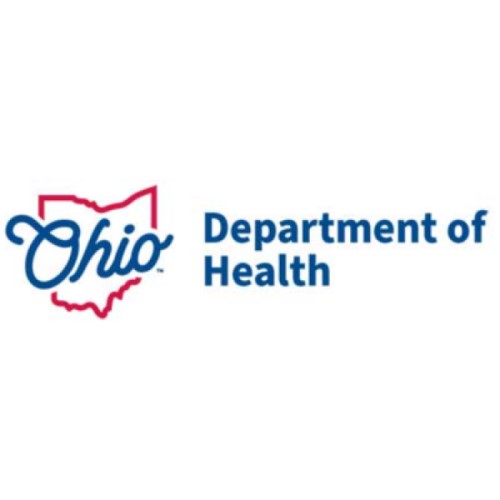
On Mar. 25, 2025, Ohio Department of Health (ODH) announced a measles outbreak in Ashtabula County and one…

On Mar. 25, 2025, the Oklahoma State Department of Health (OSDH) reported that nine additional measles cases had…
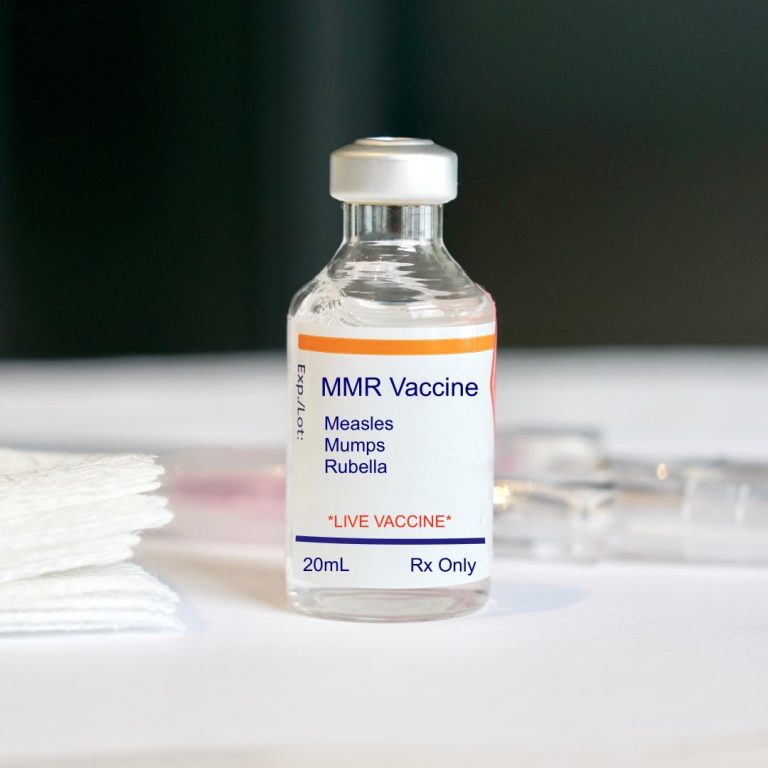
On Mar. 21, 2025, the Texas Department of State Health Services (DSHS) reported updated information about an outbreak…

On Mar. 21 , 2025, the Tennessee Department of Health confirmed the state’s first measles case in 2025…
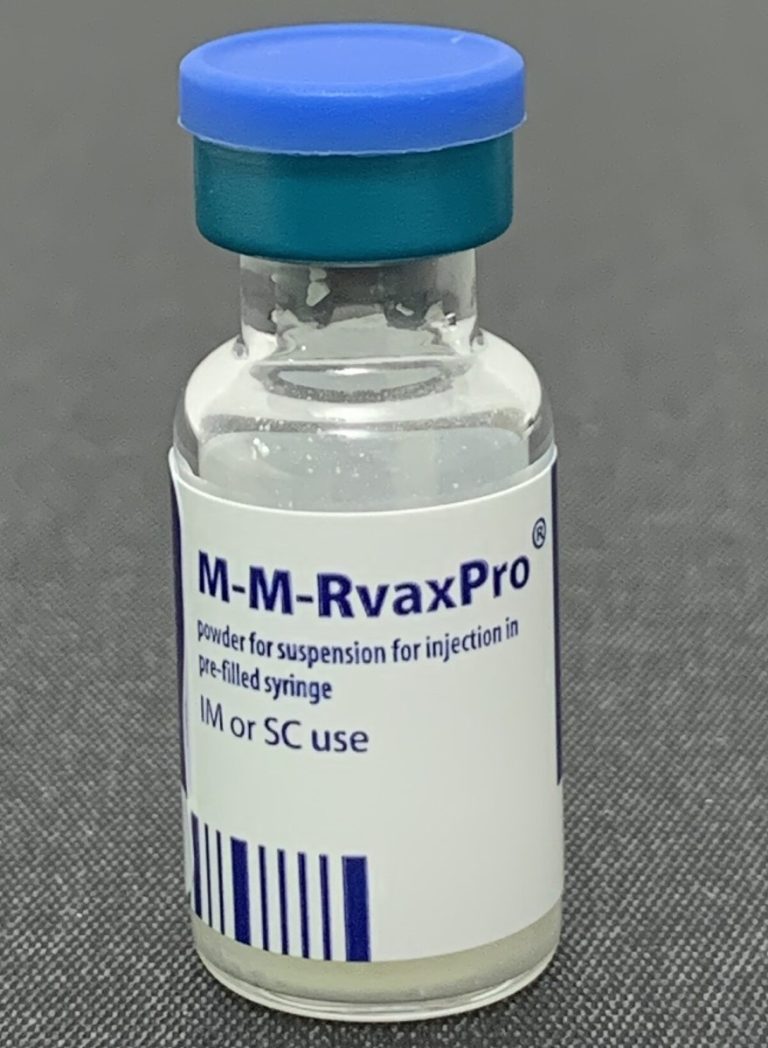
On Mar. 20, 2025, Ohio Department of Health (ODH) reported the state’s first measles case of 2025. The…
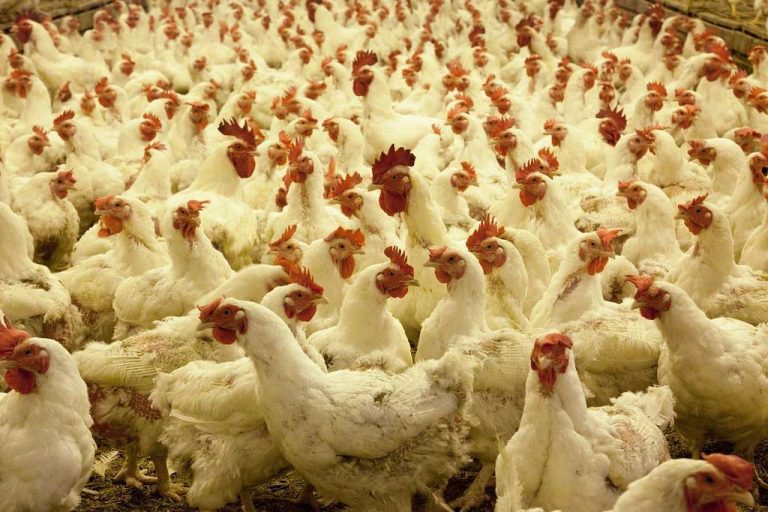
On Mar. 20, 2025, the U.S. Department of Agriculture (USDA) in consultation with the U.S. Department of Health…
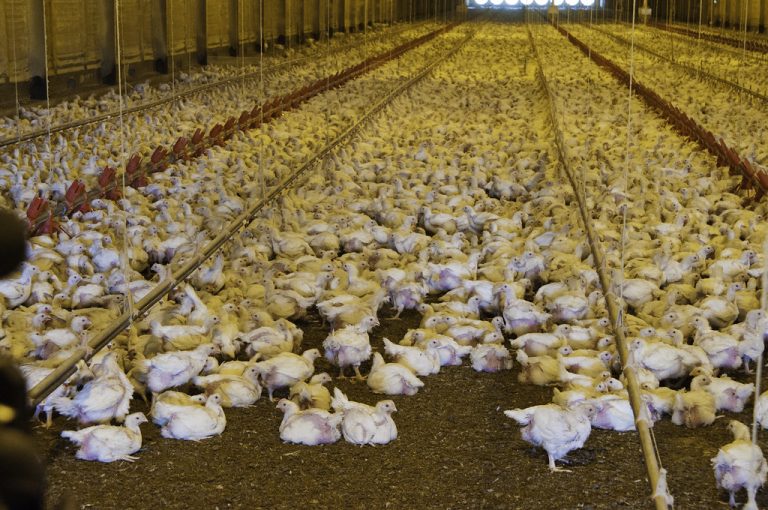
On Mar. 17, 2025, The Mississippi Board of Animal Health (MBAH) has been notified by the U.S.Department of…
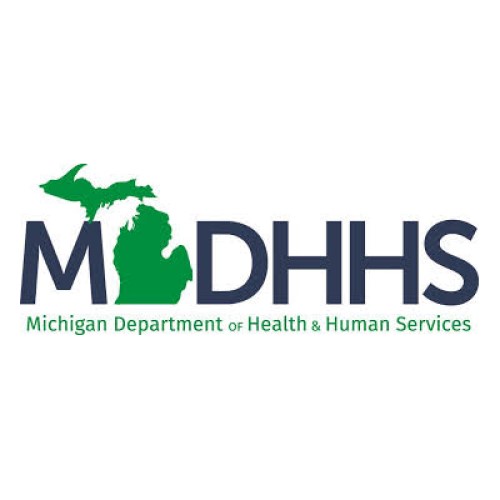
On Mar. 14, 2025, the Michigan Department of Health and Human Services (MDHHS) and Oakland County Health Division…
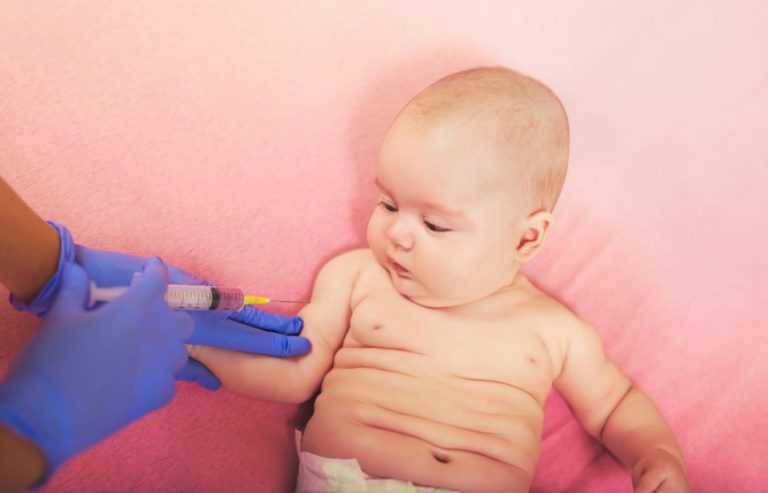
On Mar. 14, 2025, the World Health Organization (WHO) and the United Nations Children’s Fund (UNICEF) announced an…
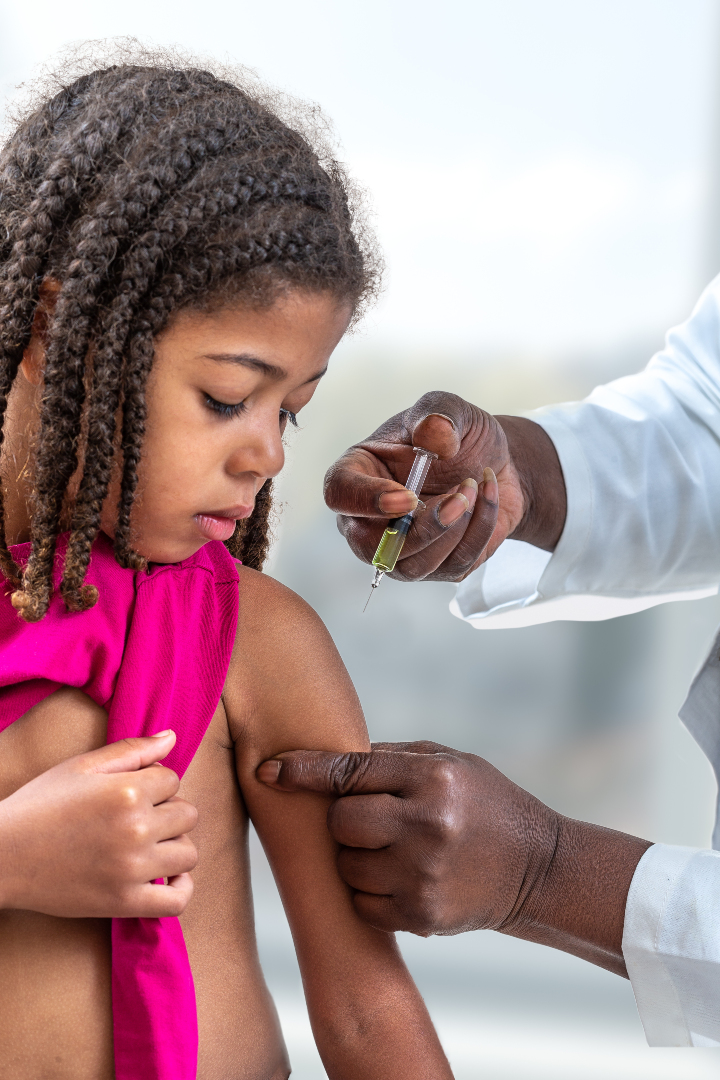
On Mar. 14, 2025, the Texas Department of State Health Services (DSHS) reported updated information about an outbreak…